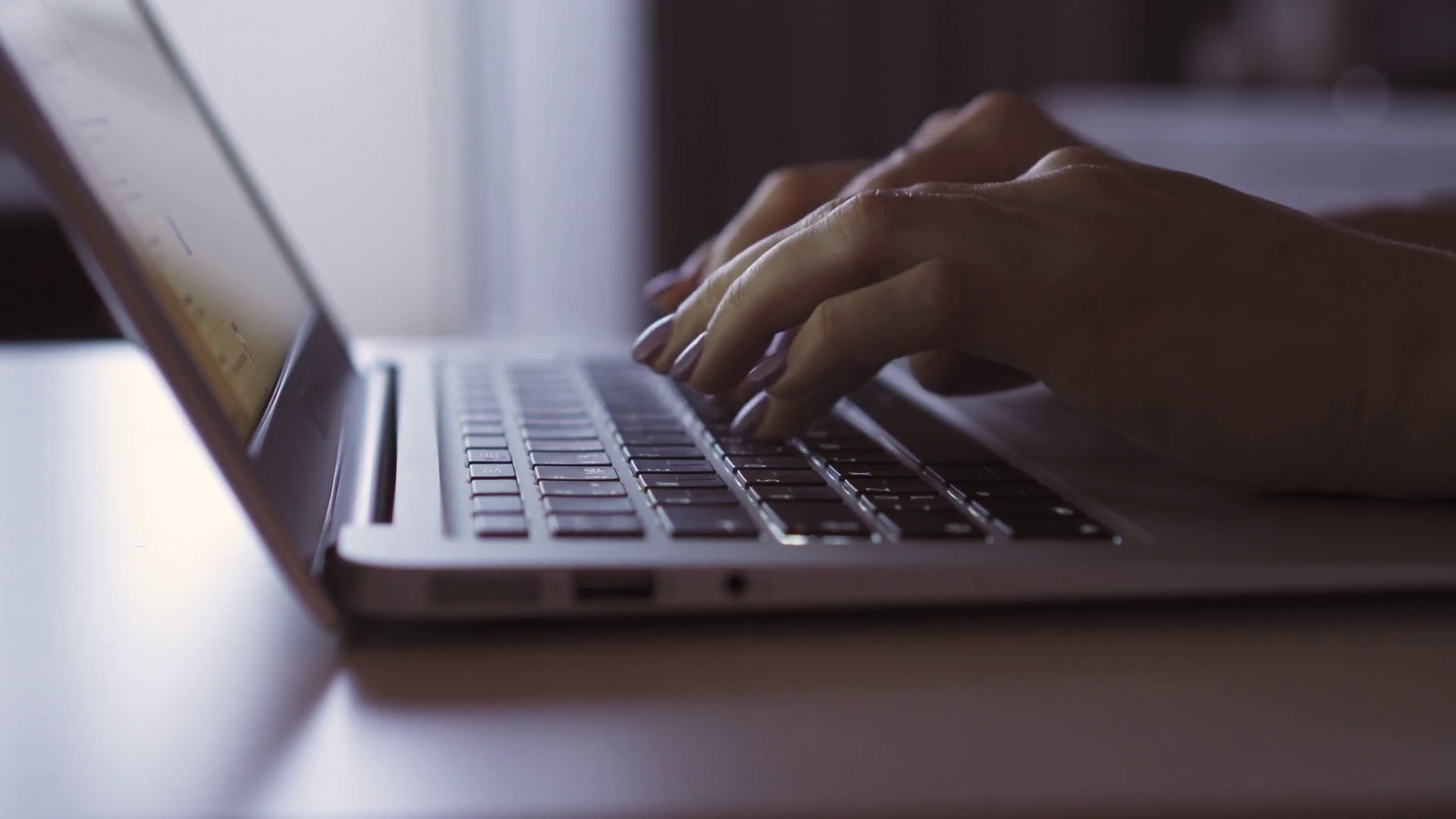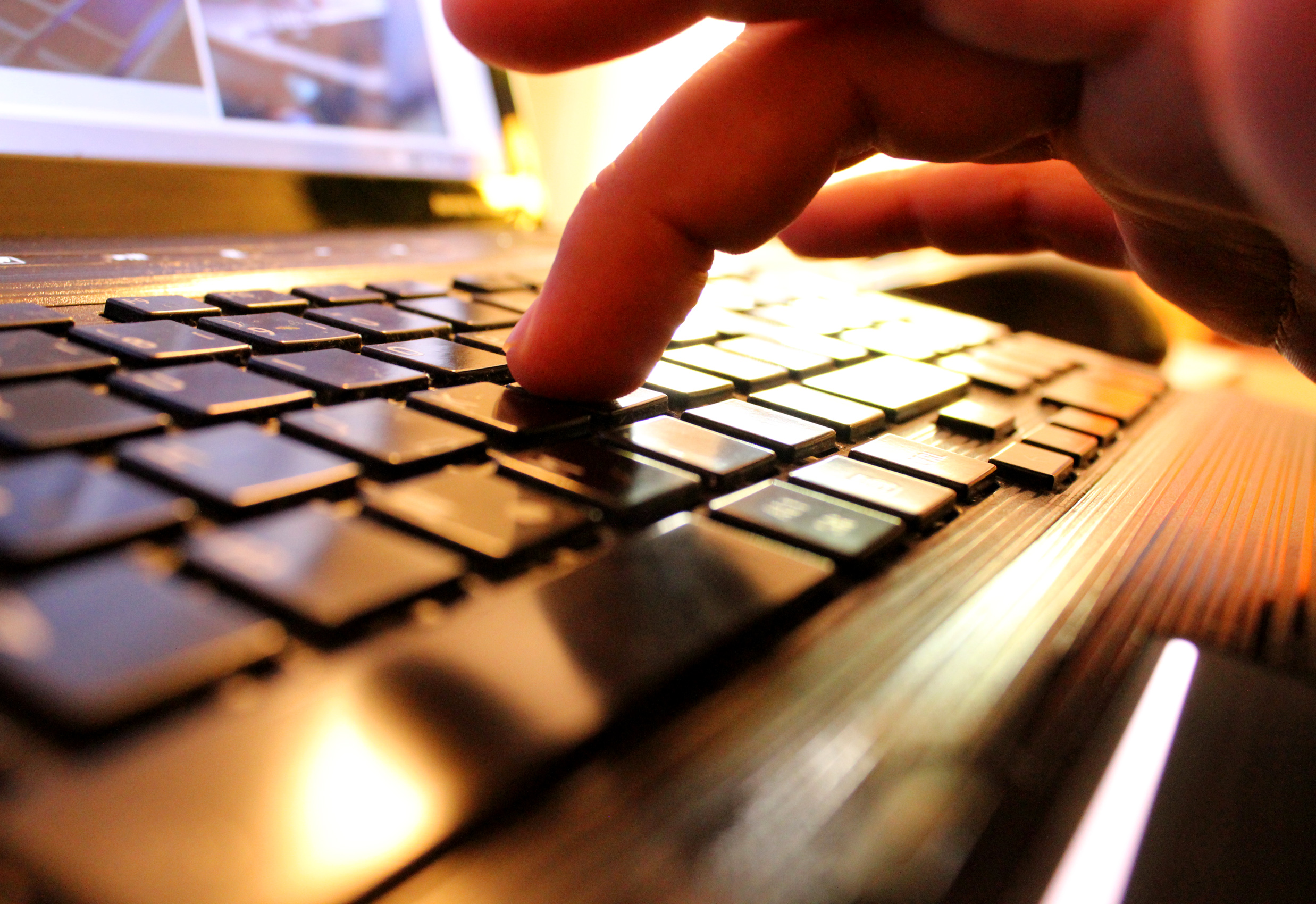

As you can see, your index, middle and ring fingers move either up or down from their home position, your thumb covers the space bar, and your pinky fingers cover the rest (both the green and dark blue keys).

Your fingers are now in the home row position.Įach of your fingers has a specific area of the keyboard to cover, as shown in the image below.Then place the fingers on your left hand on the A, S, D and F keys and the fingers on your right hand on the J, K, L and keys.Place your left index finger on the F key, and your right index finger on the J key. Locate the elevated “tabs”, without looking down, on the F and J keys.When touch typing, returning your fingers to what is referred to as the ‘ home row position’ will assist you to type without looking at the keyboard. Positioning your fingers over the home row allows you to more easily reach the other keys on the keyboard. The home row is a section of the keyboard that is central to all the other keys (see image below). Never shift your body weight to your wrists by resting on them. Prevent strain of the shoulders, arms and wrist muscles by allowing the wrists to touch the tabletop in front of the keyboard.Keep a distance of 45-70cm between your eyes and the screen.The screen is to be tilted upward allowing you to face the screen with your head slightly tilted forward.Sit straight with your back straight, feet firmly touching the ground and with both elbows bent at the right angle.Getting started with touch typing Sitting posture to type

The fundamental idea is that each finger is given its own section of the keyboard and your fingers learn the location of the keyboard through practicing regularly and gaining muscle memory to eventually build up speed whilst typing. Touch typing is typing without looking at the keyboard.
#TYPING HANDS HOW TO#
This resource will explain touch typing, and detail how to begin training yourself to touch type.


 0 kommentar(er)
0 kommentar(er)
